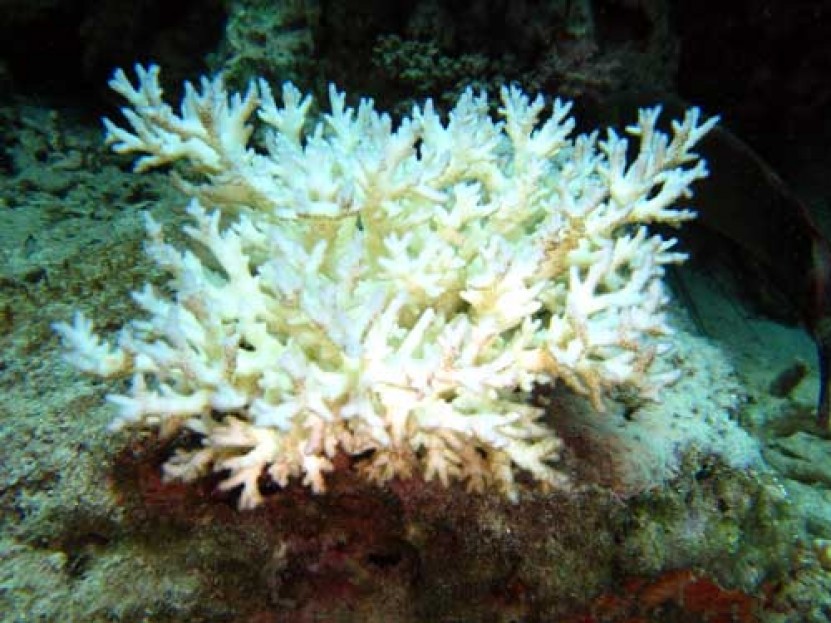May 2012 – Research a Key Focus of Eco Koh Tao & Crystal Dive

Over the past five years our many research projects have been leading the way with projects on coral nurseries and artificial reef to looking at worldwide phenomena like bleaching events, one of which decimated reefs worldwide during the hot year that was 2010.
Collaborating with scientists from Chulalungkorn University in Bangkok, Dr Chavancih recently wrote
“Our recent paper was published in Phuket Marine Biological Center Research Bulletin. I would like to sincerely thank you all for your contribution in this paper. I really appreciate it very much.”
With collaborative efforts like these hopefully we can use targeted research to develop viable, feasible and relevant solutions for our small island community.
REEF COMMUNITIES AFTER THE 2010 MASS CORAL BLEACHING AT RACHA YAI
ISLAND IN THE ANDAMAN SEA AND KOH TAO IN THE GULF OF THAILAND
Suchana Chavanich1, Voranop Viyakarn1,
Paul Adams2, Joel Klammer2 and
Nathan Cook3
1 Reef Biology Research Group, Department of Marine Science, Faculty of Science, Chulalongkorn University, Bangkok 10330, Thailand. E-mail: [email protected]
2 Concordia International School Shanghai, Shanghai, P. R. China
3 Eco Koh Tao, Crystal Dive, Koh Tao 84360, Thailand
ABSTRACT: In April-June 2010, a thermal anomaly developed in the Andaman Sea and in the Gulf of Thailand. Subsequently, mass coral bleaching occurred. To monitor the health of the reefs and changes in reef communities, permanent line transects that have been established since 2007, using a Reef Check method, were used to survey composition of substrates, abundances of indicator fishes, and invertebrates. Two study sites, Racha Yai Island located in the Andaman Sea and Koh Tao located the Gulf of Thailand were selected. The results showed that following the bleaching event, coral mortalities at Racha Yai and Koh Tao were 42.33% and 72.17%, respectively. Unlike Racha Yai Island, at Koh Tao, small and medium size classes of Tridacna spp. (<30 cm) were not found in the 2011 survey, while the abundance of parrotfish appeared to decrease with no sightings in 2011.
See full article at http://ecokohtao.com/articles/Chavanichetal2012coralbleaching.pdf



